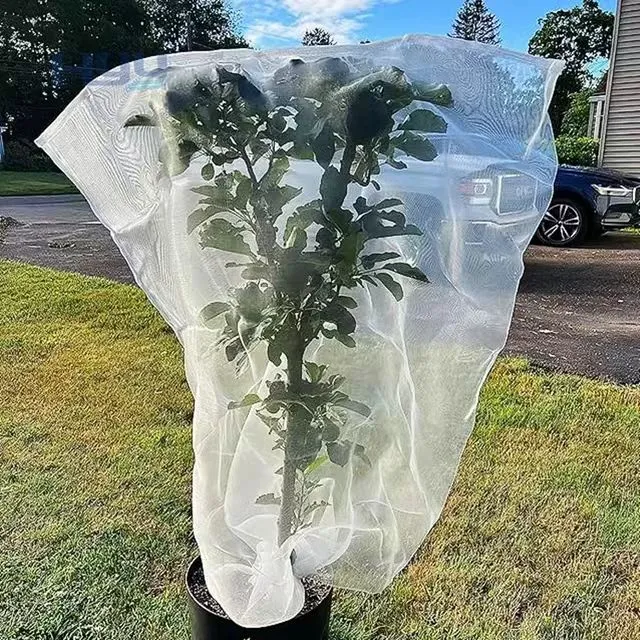-
 Afrikaans
Afrikaans -
 Albanian
Albanian -
 Amharic
Amharic -
 Arabic
Arabic -
 Armenian
Armenian -
 Azerbaijani
Azerbaijani -
 Basque
Basque -
 Belarusian
Belarusian -
 Bengali
Bengali -
 Bosnian
Bosnian -
 Bulgarian
Bulgarian -
 Catalan
Catalan -
 Cebuano
Cebuano -
 China
China -
 Corsican
Corsican -
 Croatian
Croatian -
 Czech
Czech -
 Danish
Danish -
 Dutch
Dutch -
 English
English -
 Esperanto
Esperanto -
 Estonian
Estonian -
 Finnish
Finnish -
 French
French -
 Frisian
Frisian -
 Galician
Galician -
 Georgian
Georgian -
 German
German -
 Greek
Greek -
 Gujarati
Gujarati -
 Haitian Creole
Haitian Creole -
 hausa
hausa -
 hawaiian
hawaiian -
 Hebrew
Hebrew -
 Hindi
Hindi -
 Miao
Miao -
 Hungarian
Hungarian -
 Icelandic
Icelandic -
 igbo
igbo -
 Indonesian
Indonesian -
 irish
irish -
 Italian
Italian -
 Japanese
Japanese -
 Javanese
Javanese -
 Kannada
Kannada -
 kazakh
kazakh -
 Khmer
Khmer -
 Rwandese
Rwandese -
 Korean
Korean -
 Kurdish
Kurdish -
 Kyrgyz
Kyrgyz -
 Lao
Lao -
 Latin
Latin -
 Latvian
Latvian -
 Lithuanian
Lithuanian -
 Luxembourgish
Luxembourgish -
 Macedonian
Macedonian -
 Malgashi
Malgashi -
 Malay
Malay -
 Malayalam
Malayalam -
 Maltese
Maltese -
 Maori
Maori -
 Marathi
Marathi -
 Mongolian
Mongolian -
 Myanmar
Myanmar -
 Nepali
Nepali -
 Norwegian
Norwegian -
 Norwegian
Norwegian -
 Occitan
Occitan -
 Pashto
Pashto -
 Persian
Persian -
 Polish
Polish -
 Portuguese
Portuguese -
 Punjabi
Punjabi -
 Romanian
Romanian -
 Russian
Russian -
 Samoan
Samoan -
 Scottish Gaelic
Scottish Gaelic -
 Serbian
Serbian -
 Sesotho
Sesotho -
 Shona
Shona -
 Sindhi
Sindhi -
 Sinhala
Sinhala -
 Slovak
Slovak -
 Slovenian
Slovenian -
 Somali
Somali -
 Spanish
Spanish -
 Sundanese
Sundanese -
 Swahili
Swahili -
 Swedish
Swedish -
 Tagalog
Tagalog -
 Tajik
Tajik -
 Tamil
Tamil -
 Tatar
Tatar -
 Telugu
Telugu -
 Thai
Thai -
 Turkish
Turkish -
 Turkmen
Turkmen -
 Ukrainian
Ukrainian -
 Urdu
Urdu -
 Uighur
Uighur -
 Uzbek
Uzbek -
 Vietnamese
Vietnamese -
 Welsh
Welsh -
 Bantu
Bantu -
 Yiddish
Yiddish -
 Yoruba
Yoruba -
 Zulu
Zulu
Effective Solutions for Safeguarding Against Hail Damage with Protective Nets
Hail Protection Nets Safeguarding Crops and Investments
Hailstorms, though short-lived, can cause devastating damage to crops, property, and livelihoods. Farmers, in particular, are highly susceptible to the whims of nature, with hail posing a significant threat to their investments. As such, hail protection nets have emerged as a popular solution to mitigate these risks, providing a more secure environment for agricultural productivity.
Hail protection nets are specially designed nets made from high-density polyethylene or other durable materials. These nets are primarily used to shield crops from hailstones, reducing impact and preventing physical damage. The design of these nets allows for adequate sunlight and moisture penetration, ensuring that the plants receive the necessary nutrients while still benefiting from protection against hail.
One of the primary advantages of using hail protection nets is their versatility. Farmers can employ these nets in various agricultural settings, including vineyards, orchards, and fields of vegetables and grains. By creating a protective barrier, these nets not only safeguard plants from hail but also from other environmental stressors such as excessive sunlight, wind, and pests. This dual functionality serves to enhance crop quality, yield, and overall health.
The installation of hail nets is relatively straightforward. Farmers can set up these nets over their crops using various systems such as poles, tension wires, or even scaffolding. The systems used can be adapted to suit the specific requirements of different crops and geographical locations. This flexibility is vital, allowing farmers to protect their investments without compromising the integrity of the growing process.
hail protection net

Investing in hail protection nets can lead to significant long-term savings for farmers
. In areas prone to hailstorms, the cost of repairing damaged crops or purchasing insurance can far exceed the investment in protective netting. By significantly reducing the likelihood of crop loss, farmers can ensure a more stable income and reduce the financial uncertainty that often accompanies unpredictable weather patterns.Moreover, the presence of hail protection nets can enhance the microclimate within the growing area. This leads to improved temperature regulation and can promote a longer growing season. Consequently, farmers may be able to diversify their crops, introducing new varieties that may have previously been deemed too risky due to hail concerns. The potential for expanded crop diversity can contribute to sustainable agricultural practices, enriching the local ecosystem and economy.
Beyond agriculture, hail protection nets have applications in various industries. For example, in horticulture, these nets can protect delicate flowers and plants from hail and other adverse weather, ensuring that nurseries remain in business. In the construction industry, temporary protective nets can shield materials and equipment during hailstorms, preserving project timelines and budgets.
Despite their many benefits, the implementation of hail protection nets is not entirely without challenges. The initial investment costs and maintenance can be a consideration for farmers, particularly those operating on tight margins. However, as awareness of the benefits continues to grow and technologies improve, more cost-effective options are likely to emerge.
In conclusion, hail protection nets represent a vital tool for farmers and industries vulnerable to the impacts of hailstorms. By investing in these protective measures, they can significantly reduce crop damage, enhance yields, and contribute to long-term sustainability. As we face increasing climatic volatility, solutions like hail protection nets will play a crucial role in safeguarding agricultural investments and ensuring food security for future generations. Through innovation and adaptation, farmers can continue to thrive even in the face of nature’s unpredictability.
-
Shipping Plastic Bags for Every NeedNewsJul.24,2025
-
Safety Netting: Your Shield in ConstructionNewsJul.24,2025
-
Plastic Mesh Netting for Everyday UseNewsJul.24,2025
-
Nylon Netting for Every UseNewsJul.24,2025
-
Mesh Breeder Box for Fish TanksNewsJul.24,2025
-
Expanded Steel Mesh Offers Durable VersatilityNewsJul.24,2025











